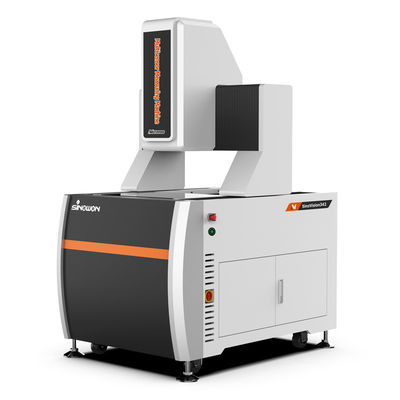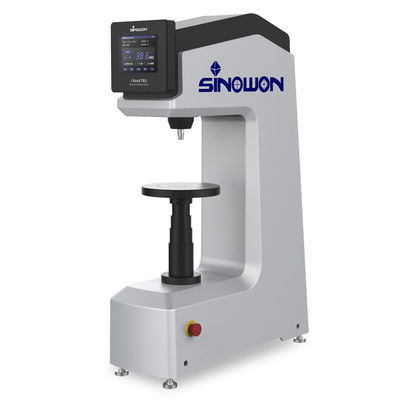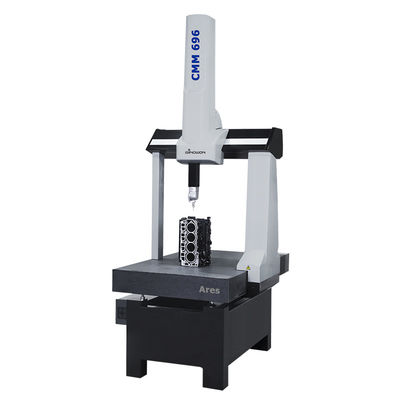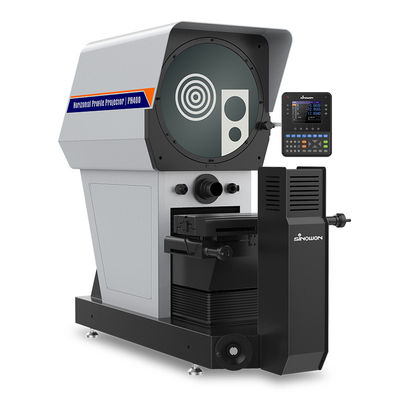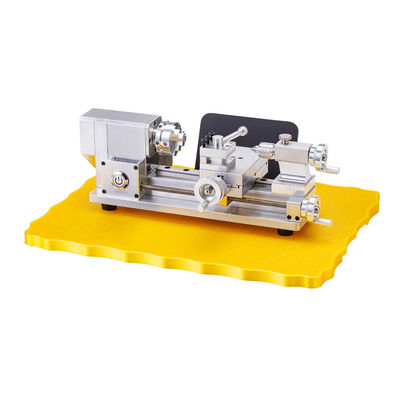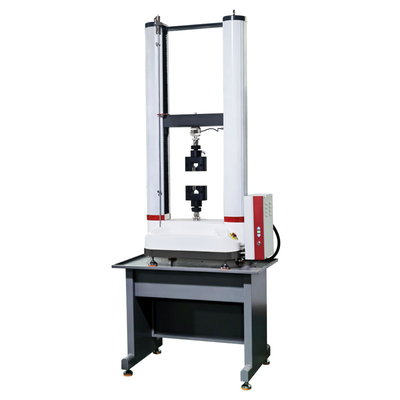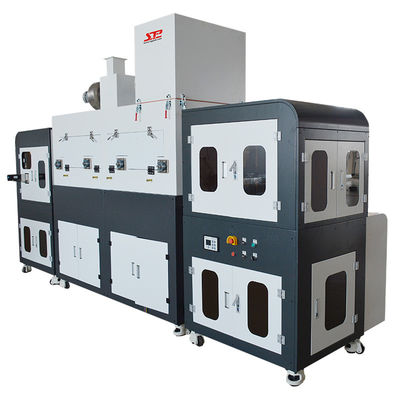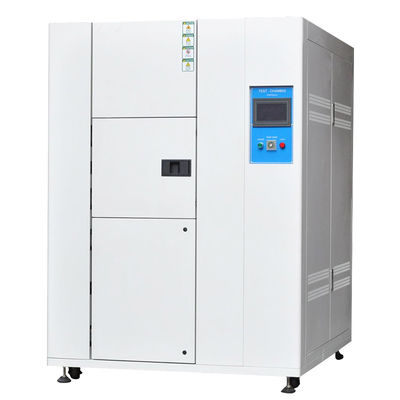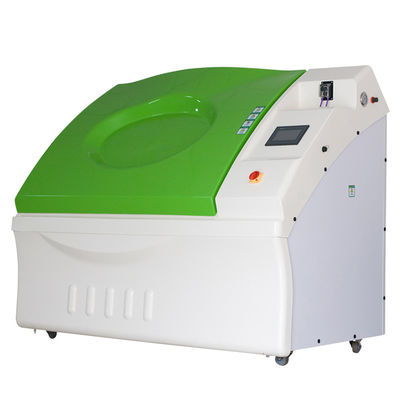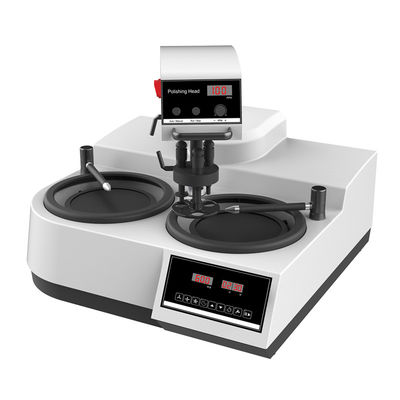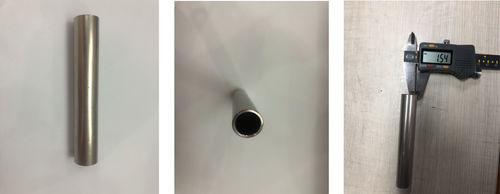Precision Ultrasonic Hardness Tester Stainless Steel Tube Measurement Solutions
I. Test Specimens and Requirements:
Workpiece: Stainless steel tube (Fig. 1).
Product Diameter: 10-20mm
Measurement hardness requirement 130~220HV
Testing Requirements: online full inspection
Instrument used: Ultrasonic hardness tester SU-400M (motorized 3N probe)

Fig. 1. Physical drawing of the specimen
II. Current Pain Points:
1. Rockwell hardness tester, Brinell hardness tester, Vickers hardness tester, low measurement efficiency. There is a noticeable indentation after measurement, so it can only be sampled.
2. The portable Leeb hardness tester uses the Leeb impact principle to measure the hardness of the product, which has high requirements for the size and weight of the measured workpiece, and can only measure large and medium-sized workpieces (theoretical requirement of 5kg). It cannot measure special-shaped workpieces, small workpieces, thin workpieces (including electroplating, spray coating, nitride layer, etc.). Therefore, it is not possible to test the chrome hardness of rolls with Leeb hardness.
The ultrasonic hardness tester of Sinowon Precision adopts a small load test force, which can carry out non-destructive full inspection of the hardness of stainless steel pipes without damaging the workpiece after calibration, effectively ensuring the production quality of products.
Customers also wanted to find an efficient, non-destructive hardness measurement method for rapid measurement and screening.
III. Solutions:
Based on the current measurement pain points, we decided to use an ultrasonic hardness tester to measure the specimen.
Because the time of a single measurement of the ultrasonic hardness tester is about 6 seconds/time, the efficiency is increased by 17 times compared to the desktop Rockwell hardness tester. And the indentation diameter after measurement by ultrasonic hardness tester is 0.026mm, and the indentation diameter after measurement by Rockwell hardness tester is 0.484mm (see Figure 2 for indentation).After the ultrasonic hardness tester is used, it does not affect the user's subsequent assembly and use.

Figure 2. Using Sinowon VM-500 high-definition microscope to magnify 412 times to observe the comparison of ultrasonic hardness measurement indentation and Rockwell hardness measurement indentation diameter
IV. Comparison of Test Results with Microhardness Tester and Ultrasonic Hardness Tester.
Micro Vickers hardness tester (test force 300gf)
| Number of Tests |
1 |
2 |
3 |
4 |
5 |
Average Value (HV) |
Repeatability(HV) |
| Hardness Value |
149 |
147 |
150 |
154 |
141 |
148 |
13 |
Ultrasonic hardness tester SU-400M(test force 300gf)
| Number of Tests |
1 |
2 |
3 |
4 |
5 |
Average Value (HV) |
Repeatability(HV) |
| Hardness Value |
144 |
146 |
143 |
151 |
139 |
144 |
12 |
Note: The values marked in red are the maximum and minimum values of the same sample measured 5 times.
Micro Vickers hardness tester field measurement picture:

Ultrasonic hardness tester field measurement pictures:

V. Test Conclusion:
Through the above data analysis, the following conclusions are drawn:
Ultrasonic hardness testers are simple to operate and highly reliable, enabling accurate hardness measurements.
Ultrasonic hardness tester has the characteristics of portability, high efficiency, high accuracy and non-destructiveness. It can solve many workpiece hardness problems that cannot be tested by desktop and Leeb hardness tester, and provides an efficient on-site hardness testing method for modern industrial production.
The use of ultrasonic hardness tester not only improves the quality control of the enterprise, but also reduces the loss of the enterprise and increases the profit of the enterprise.


 Your message must be between 20-3,000 characters!
Your message must be between 20-3,000 characters! Please check your E-mail!
Please check your E-mail!  Your message must be between 20-3,000 characters!
Your message must be between 20-3,000 characters! Please check your E-mail!
Please check your E-mail! 
